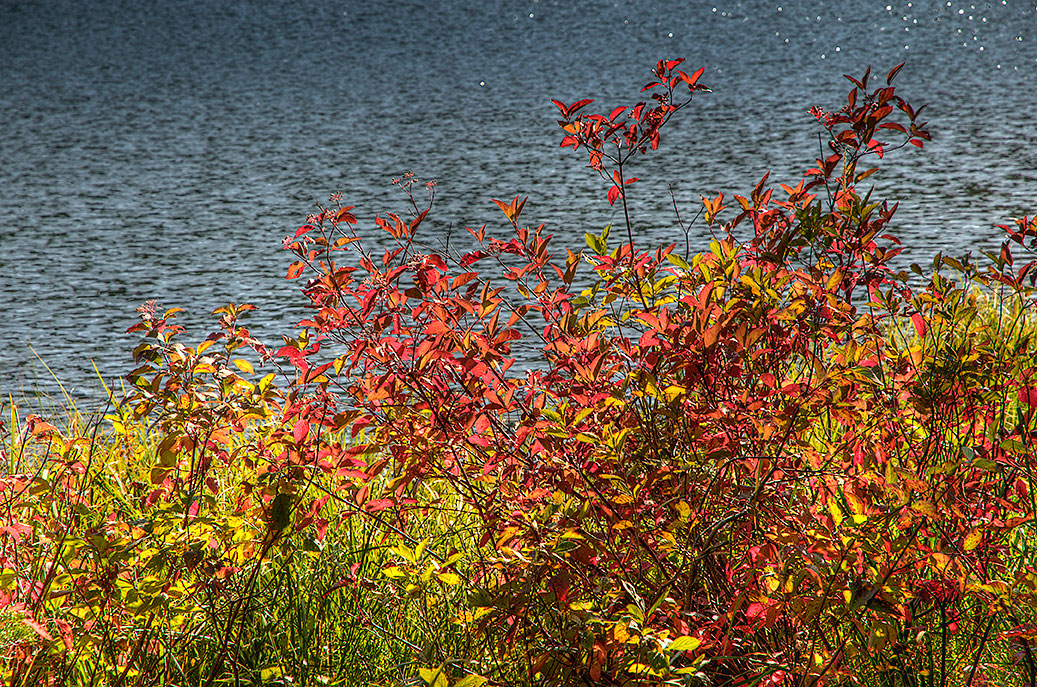Glasseyes shots have been, more than once, the desktop of my 'puter.
Eyegasmic!
Boundary Lake
- Westy78
- IAC Addict!
- Location: Stumptown OR
- Status: Offline
- glasseye
- IAC Addict!
- Location: Kootenays, BC
- Status: Offline
Well, y'see, there's nothing wrong with your Elph that a little strong-arming won't cure. The camera just needs a little instruction. First, ya gotta ask yourself "What's the correct exposure for the full moon?" In other words, "How bright is it?" The answer might surprise you.Westy78 wrote:OK, you gotta tell me how you get the full moon exposed like that. Every time I've tried to get the moon's craters it always over exposes, even at the fastest shutter speed on my camera. Maybe I need more than a Cannon Elph. Once again amazing shots Glasseye.
The correct exposure for the full moon is the same as it is at the beach on a sunny day. Full sunlight shining on a fairly reflective surface results in the same subject brightness, whether it's on Copacabana Beach or the surface of the moon. The trouble is, the camera sees all those dark trees (in my shot) and assumes that the important picture information is the trees and exposes for them, not the moon. I told my camera to underexpose three stops from what IT thought was the correct exposure in order to record the moon correctly. "Ignore the trees.", I said. That's what you have to do to your Canon. Use manual mode or exposure compensation mode to do this. RTFM
I do have a few advantages over your Canon Elph, an excellent little camera:
I used a Nikon D300, pretty near the top of the food chain, camera-wise. My pixels are better than your pixels.
I also used RAW mode, something consumer digicams can't do, and I post-processed the image (a little) in Photoshop, a tool arguably as important as the camera body itself.
I also used a 300mm (equivalent) zoom lens that cost more than the camera body.
The shot with the boat at dawn is a total cheat, something you could do with a Canon Elph, but with great difficulty. Using a tripod, I shot five frames, one exposed for the sun through the mist, one exposed for the dark foliage at the left and three more in between. I used a special software tool to composite them all together. A single camera exposure can't cope with the wide range of brightnesses in the scene. Yet.
This image took just three exposures to record the brightness range from the water sparkles to the undergrowth at the bottom of the frame.

Not all my images are fakes, though. This is the real me.

"This war will pay for itself."
Paul Wolfowitz, speaking of Iraq.
Paul Wolfowitz, speaking of Iraq.
